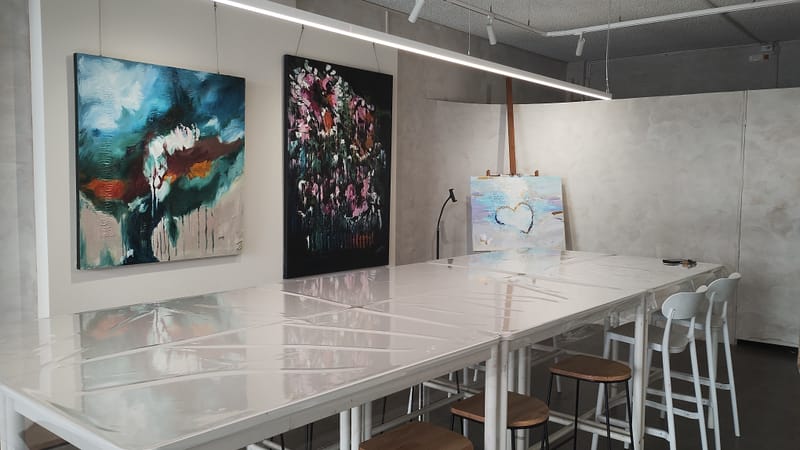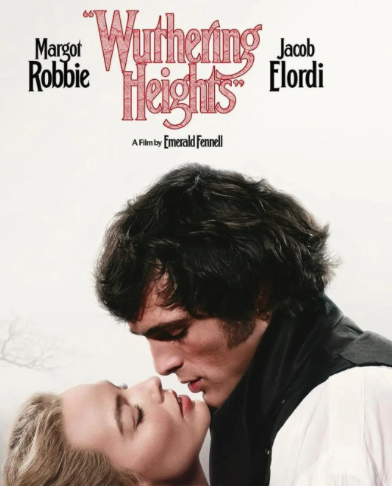The dance industry faces final curtain call as students reject online classes
A shift to online dance classes has, in some cases, seen three out of four dancers stop participating.
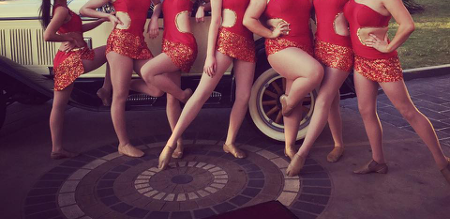
BY SARAH ARTURI
Victorian dance schools are teetering on the brink due to tight government restrictions preventing studios from reopening, prompting concerns dancers may never return.
As the pandemic told hold in Victoria in March, studio owners were forced to shut their doors to thousands of students.
However, the Victorian Government has stated some studios may be able to conduct outdoor dance classes from October 26, assuming an appropriate council permit is obtained and ideal COVID-19 daily case numbers are met.
Studios ineligible for an outdoor permit will not be able to operate, alongside other indoor recreational facilities. They are excluded from reopening until there has been no COVID-19 cases recorded in Victoria for 14 days.
The Dance Arts Alliance was formed to advocate for dance studios and more than 150,000 child dancers and performers in Victoria amid coronavirus restrictions.
Chairperson Mike Harrison-Lamond said “it makes no sense” children are able to learn dance at a local primary school, or high school, much sooner than at a professional studio.
“This is a disgraceful way to treat an industry that provides incredibly important social, physical and mental development in the lives of young Victorians,” Mr Harrison-Lamond said.
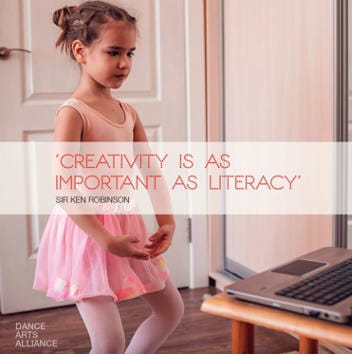
Owner of The Dance Centre Jessica Modica-Crichton said she joined the Dance Arts Alliance team to push for the reclassification of dance studios on behalf of her students who “crave” in-person classes.
For Ms Modica-Crichton, the switch to remote classes led to a 75 per cent drop in student numbers, and the loss of her own studio space purchased last December.
“Any studio owner will tell you that you dream of your own studio your whole life, so to finally get to that position where I could do that and then lose it all was so devastating,” she said.
Fortunately, Ms Modica-Crichton received a council permit to conduct classes at a park in her local area, in-line with Victoria’s easing restrictions.
“We know our students are really missing in-person classes and they have been reaching out to us [about] how much they’re missing it, which is just heartbreaking,” she said.
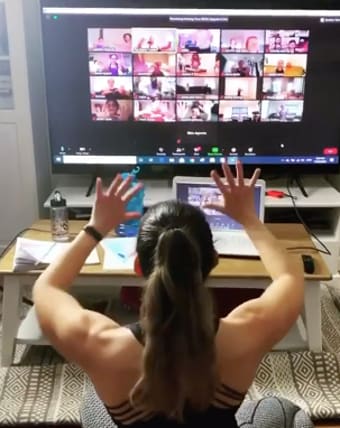
Dance student Mikayla Elliott is undertaking her VET dance and extra-curricular dance classes online from her living room.
She believes the limited dancing space has prevented her from engaging in the expressive nature of dancing, making her eager to return to a dance studio.
“I still love dancing but there is a part of me that has lost a bit of passion for it because a big part of dance class is the communication and interaction with other people, and that whole aspect has been removed,” Ms Elliott said.
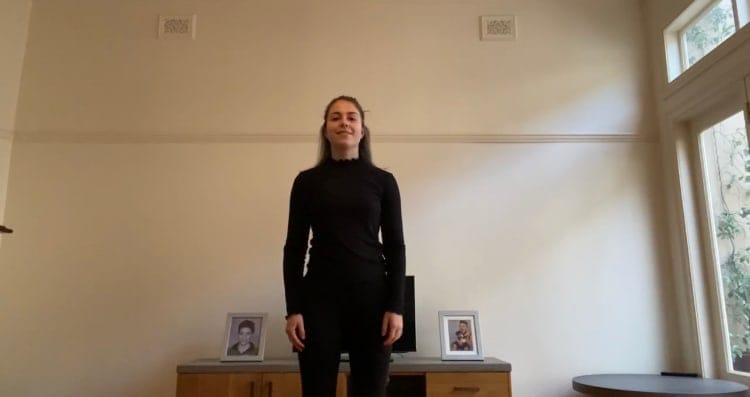
Physiotherapist and movement specialist Lucy Fisher is concerned the longer students are restricted to remote classes, the larger the impact will be on their motivation for future years.
“In contrast to other exercises, dance has music and creativity so that we are timing our movements to the music and expressing a range of emotions to gain extra benefits for our body,” Ms Fisher said.
“There is the fear that young students who get discouraged from coming to dance classes won’t come back.
"It makes me wonder whether that cohort of dancers will miss all of the benefits of staying in dance classes during COVID-19 - or worse, not returning to it.”
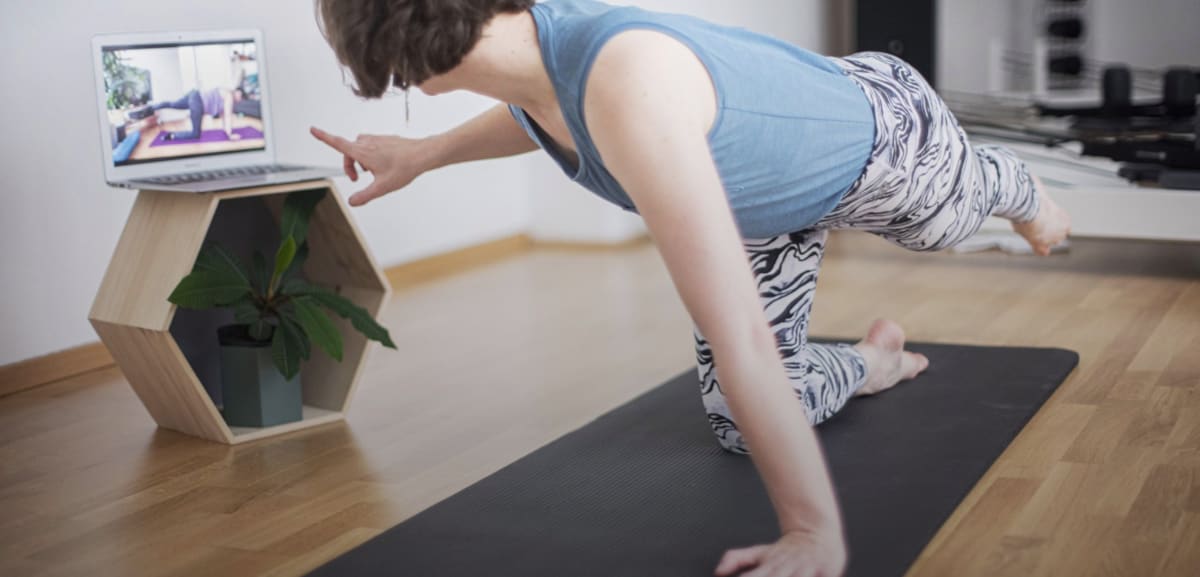
However, Ms Fisher said the unprecedented circumstances of the pandemic has encouraged the dance community to unite for the better.
“My hope is that, although it is really hard to stay engaged and motivated during online classes, once people are given the freedom to return [to physical classes] they will want to come back,” she said.
“People will come to the realisation they want dance in their lives again, especially when we have been deprived of that personal contact for so long.”




